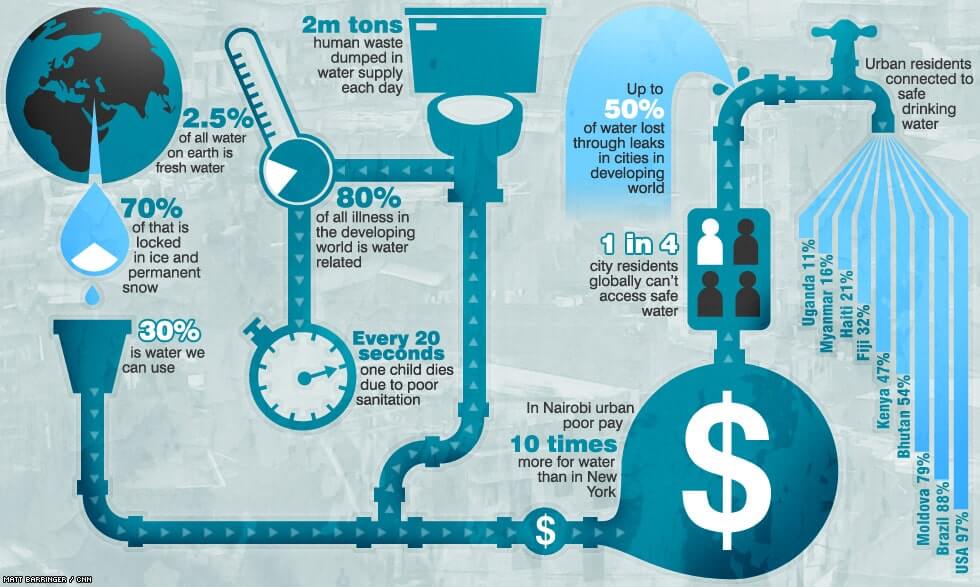A Complete Guidebook For Setting Up Your Home For Heat Pump Installment
A Complete Guidebook For Setting Up Your Home For Heat Pump Installment
Blog Article
Write-Up By-Guldbrandsen Hinton
Prior to the heat pump setup begins, you require to ensure your home is ready for the process. Cleaning the location, analyzing the electric setup, and making sure proper air flow are essential actions to take. By following these preliminary prep work, you established the stage for a successful installation. But what regarding install heat pumps that can make a substantial distinction in the performance and longevity of your heatpump system? Let's explore the subtleties that can boost your home's readiness for this important upgrade.
Clearing the Setup Area
Prior to the heatpump setup can start, it's crucial to clear the designated location thoroughly. Begin by removing any particles, clutter, or barriers that might hamper the installation procedure. This includes furnishings, decors, and any other items that could hinder. Make certain the path to the installation website is clear for the installers to move equipment and products quickly.
Next, make certain that the location around the assigned installment spot is clean and devoid of any kind of dust, dust, or other products that can affect the heatpump's efficiency. Sweep or vacuum cleaner the location to produce a clean workspace for the installation group.
Furthermore, consider offering very easy access to the installation area by clearing a course from the entry of your home to the installment area.
Assessing Electrical System
Assessing the electric system is an essential step prior to waging the heatpump setup. Begin by examining if your home's electrical panel can support the additional lots a heat pump will certainly require. Guarantee there are enough readily available circuits to fit the heat pump and that they meet the maker's specs. It's important to have a devoted circuit for the heatpump to stop overloading and potential risks. If your electric system requires upgrading, speak to an expert electrician to make the required modifications.
Inspect the wiring in your home to ensure it depends on code and can deal with the needs of the new heatpump. Look out for any type of frayed cords, loosened links, or signs of wear that might present a security risk. Verify that the electric outlets near the installment area are based and in good condition. If any type of issues are identified, have them resolved without delay by a certified electrician.
simply click the next internet page and upkeep of your electric system will make sure a safe and reliable heat pump installment process.
Ensuring Proper Ventilation
To ensure a successful heatpump installment, it is very important to concentrate on proper air flow in your home. Sufficient ventilation helps the heat pump run successfully and avoids air quality issues.
Prior to more info , check that all vents and air ducts are tidy and unobstructed. Clearing up these locations makes sure that air can stream openly, making best use of the performance of your brand-new heat pump system.
Additionally, consider the positioning of the heatpump device itself. It must have adequate room around it to allow for proper airflow. Correct air flow not just boosts the heat pump's efficiency yet also helps maintain a healthy and balanced indoor setting.
If needed, talk to an expert to assess your home's ventilation needs and make any kind of essential changes. By making sure appropriate ventilation, you're setting the stage for a seamless heat pump installation process and optimal efficiency of your brand-new system.
Verdict
Since you have gotten rid of the installation area, assessed the electric system, and guaranteed appropriate ventilation, your home awaits a smooth heat pump setup. By taking these steps, you have actually set the stage for an effective and successful process. Delight in the benefits of a brand-new heatpump system in your house, knowing that you have prepared your area for optimum performance.
